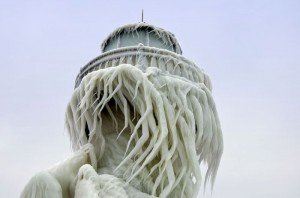 What is the Lighthouse of Maracaibo? Where is it?
What is the Lighthouse of Maracaibo? Where is it?
Well, first of all it is not a lighthouse, so if you are not interested please continue on to another article, but I think you will find this fascinating.
View Larger Map
Why is then called a lighthouse? Well, it can be seen from many miles away for over 160 nights a year over Lake Maracaibo in Venezuela. I would never have known about it except that my article antennae are tuned to anything lighthouse. When I heard about it, I just had to investigate and bring it to your attention. This is quite unique and the only place in the world that has this phenomena in such intensity.
It is said to have the hottest flash density rate in the world, with an annual average of 181 lightning flashes per square kilometre.During peak months there can be as many as fifty (50) discharges every minute. That is a nearly continuous thunderstorm with up to 20,000 flashes of lightning per night. That is a lot of lightning – the most persistent thunderstorm of the world!
From Wikipedia:
The storms (and associated lightning) are likely the result of the winds blowing across the Maracaibo Lake and surrounding swampy plains. These air masses inevitably meet the high mountain ridges of the Andes, the Perijá Mountains (3,750m), and Mérida’s Cordillera, enclosing the plain from three sides. The heat and moisture collected across the plains creates electrical charges and, as the air masses are destabilized at the mountain ridges, result in almost continual thunderstorm activity.
The phenomenon is characterized by almost continuous lightning, mostly within the clouds, which is produced in a large vertical development of clouds that form large electric arcs between 2 and 10 km in height (or more). The lightning tends to start approximately one hour after dusk.
Among the major modern studies there is the one done by Melchor Centeno, who attributes the origin of the thunderstorms to closed wind circulation in the region.
[media url=”http://www.youtube.com/watch?v=zRvpM01VTFU” width=”400″ height=”350″]



